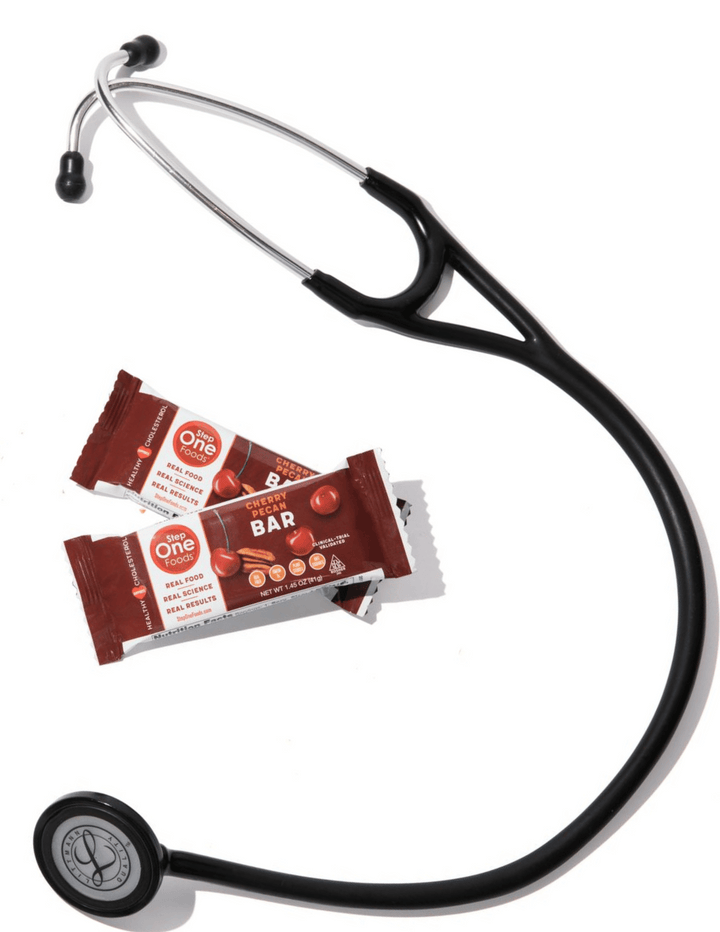The 9 Things You Can Do to Beat a Genetic Predisposition for Heart Disease

Many people with a family history of heart issues assume that they are destined to face the same fate as their relatives. They believe that it's only a matter of time before cardiovascular disease catches up with them, and that genetics has the final say.
But here's the truth: genetics is not destiny. While a genetic predisposition can increase your risk, it doesn't guarantee a negative outcome. If you're vigilant and proactive, you can have significant control over your heart health.
When I discuss this concept with my patients, I often use the story of the Three Little Pigs. We are all born with a genetic blueprint, but how we act upon that blueprint can lead to vastly different results. Each Little Pig had the same instructions: build a house. But the materials they used varied, leading to very different outcomes. So even if you've been handed a less-than-perfect blueprint, here's what you can do to build a resilient structure:
1. Don’t Smoke
This is one of the most impactful lifestyle changes you can make to protect your heart. And “social smoking” is not OK. That’s like being “a little pregnant.”
2. Stay Active
Engage in regular physical activity. It doesn't need to be extreme—even a daily walk can make a big difference. By the way, this is a vital piece of advice for all of us. As I see patients in my office, those who age well MOVE.
3. Follow a Heart-Healthy Diet
Focus on whole, plant-based foods like beans, greens, nuts, seeds, fruits, vegetables, and whole grains. These foods are packed with nutrients that support cardiovascular health. Ideally, you will eat these types of foods from morning to night. But if you struggle with this or simply need a safe snack from time to time, Step One Foods has your back.
4. Achieve and Maintain a Healthy Weight
Following a plant-rich diet and staying active will naturally lead to a healthier weight.
5. Understand Your Family History
Get as much information as you can about the cardiovascular health of your relatives. If available, review autopsy records to learn more about their heart health and risk factors.
6. Monitor Your Own Risk Factors
Make sure you regularly check your cholesterol, blood pressure, and blood sugar levels. If you’re over 30 and haven’t done this yet, it’s time to start.
7. Consider Additional Screenings
Talk with your healthcare provider about whether additional screening methods—like coronary calcium scanning or Lipoprotein A testing—are right for you.
8. Manage Your Risk Factors
Work closely with your doctor to address any risk factors that are out of range, even if this means starting medications. The key is to take control before the situation becomes critical.
9. Don’t Bury Your Head
Sometimes, people avoid confronting their heart disease risk due to fear or denial, making it something that they don’t want to delve into or think about. Or they’re afraid of what they may find if they check their own risk profile. While these feelings are understandable, avoiding the issue won’t help. Taking action is the only way to change the trajectory of your health.
Remember, you have a lot of power over your health destiny. It's not inevitable that you will follow in your relatives' footsteps - so long as you build your future with bricks and not with straw.

Tested & Proven Results.
- Cardiologist formulated
- Supported by over 500 publications
- Clinically-proven, in a double-blind randomized trial with Mayo Clinic and The University of Manitoba
80% of participants lowered their cholesterol in just 30 days. With just two servings per day, Step One Foods offers a proven-effective way to naturally lower LDL (bad) cholesterol.
Get heart health tips and articles like this, delivered right to your email.
New articles every week.
You may also like...

Insulin Resistance, Prediabetes and Type 2 Diabetes. Part 2: Chronic Calorie Excess

You don’t need to avoid foods with cholesterol…except for these



